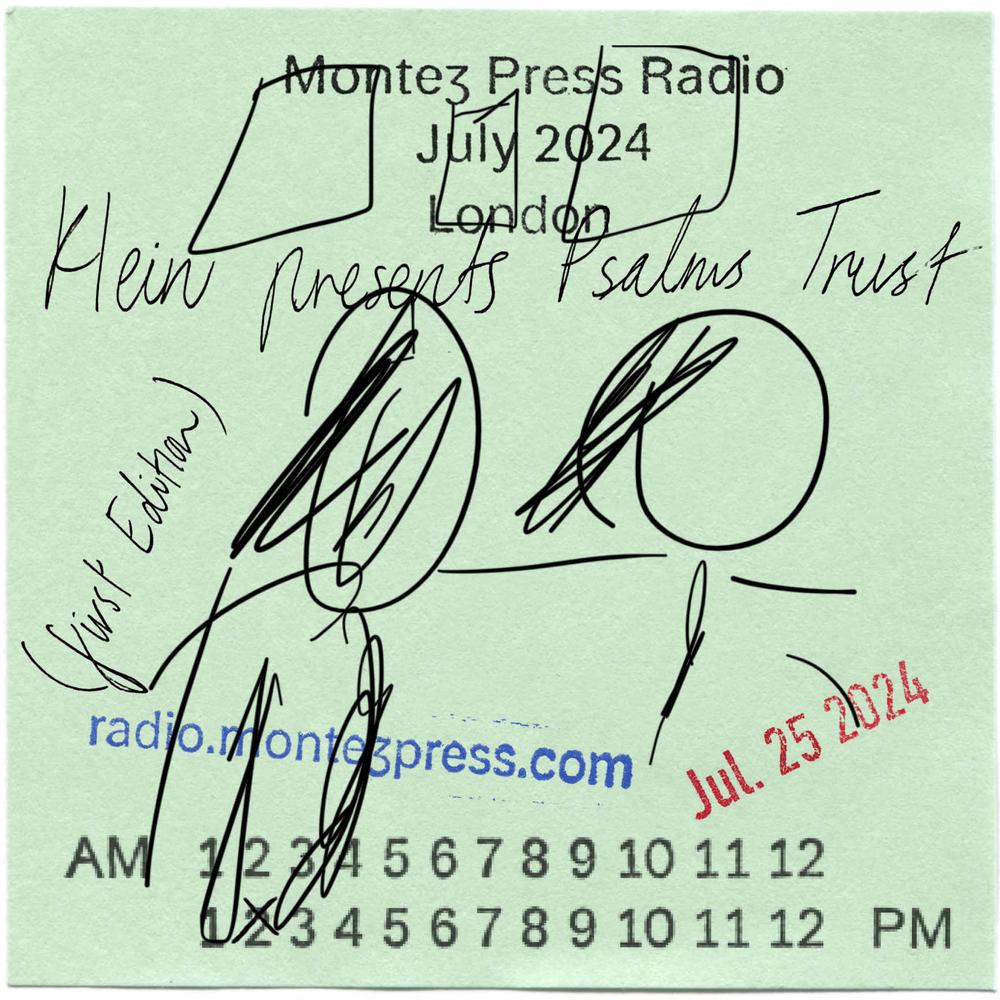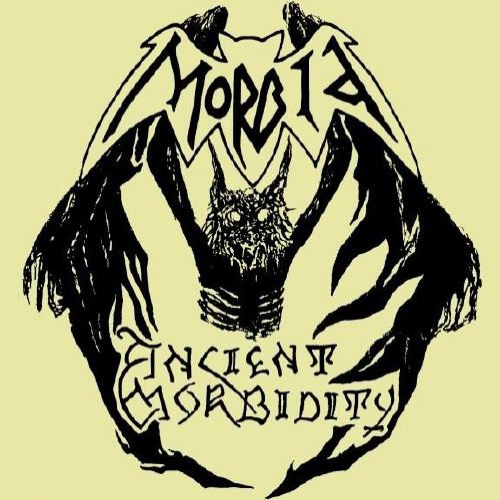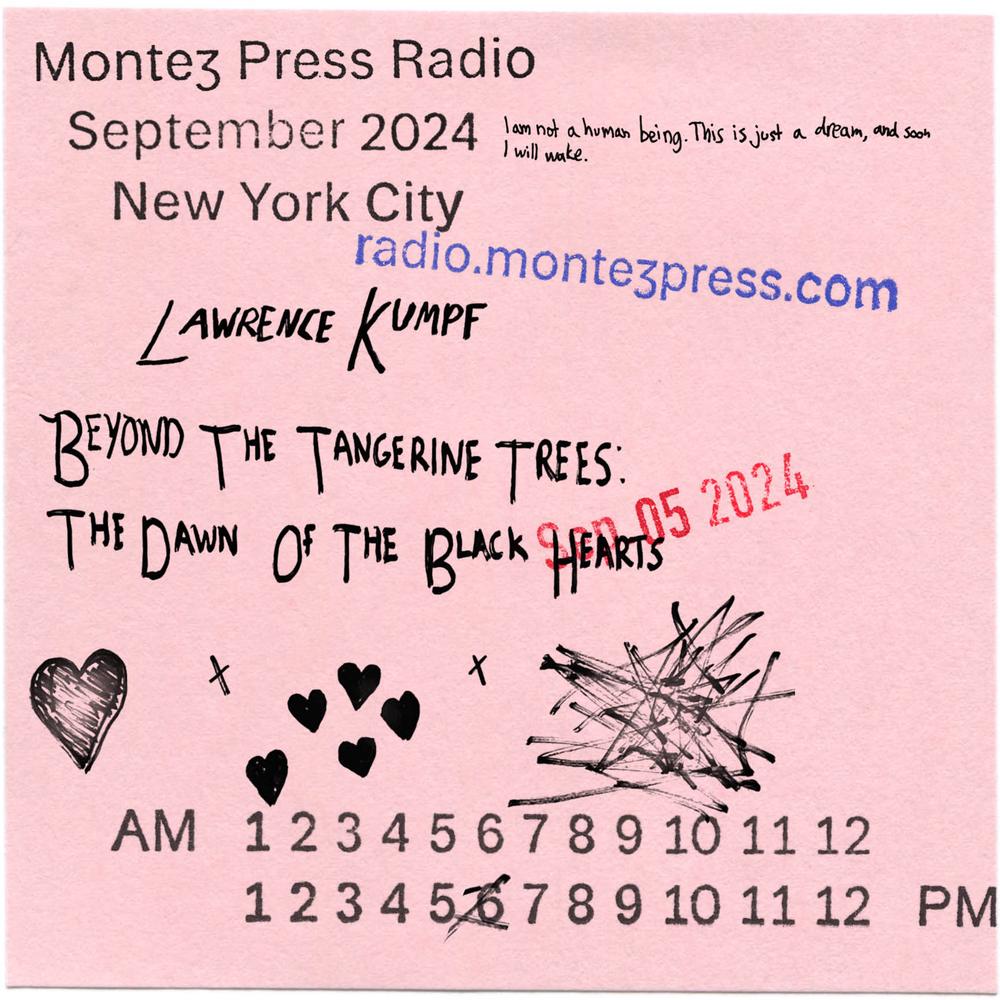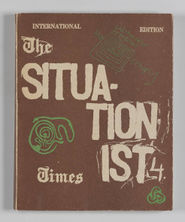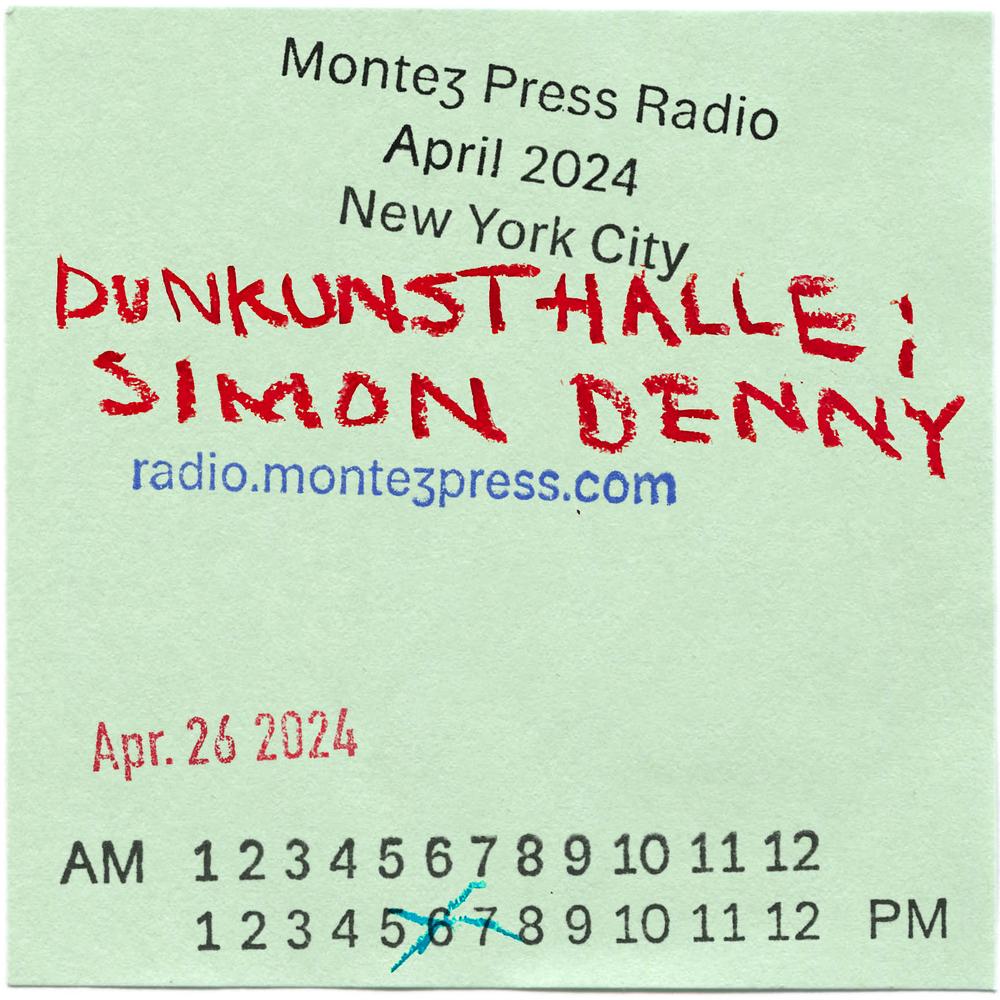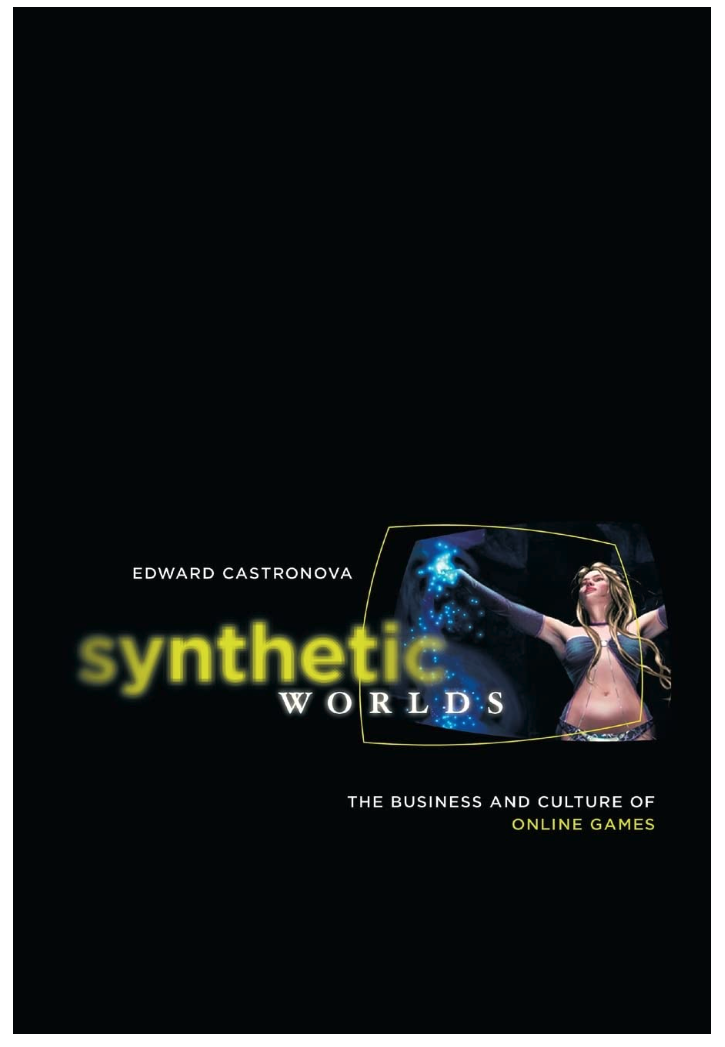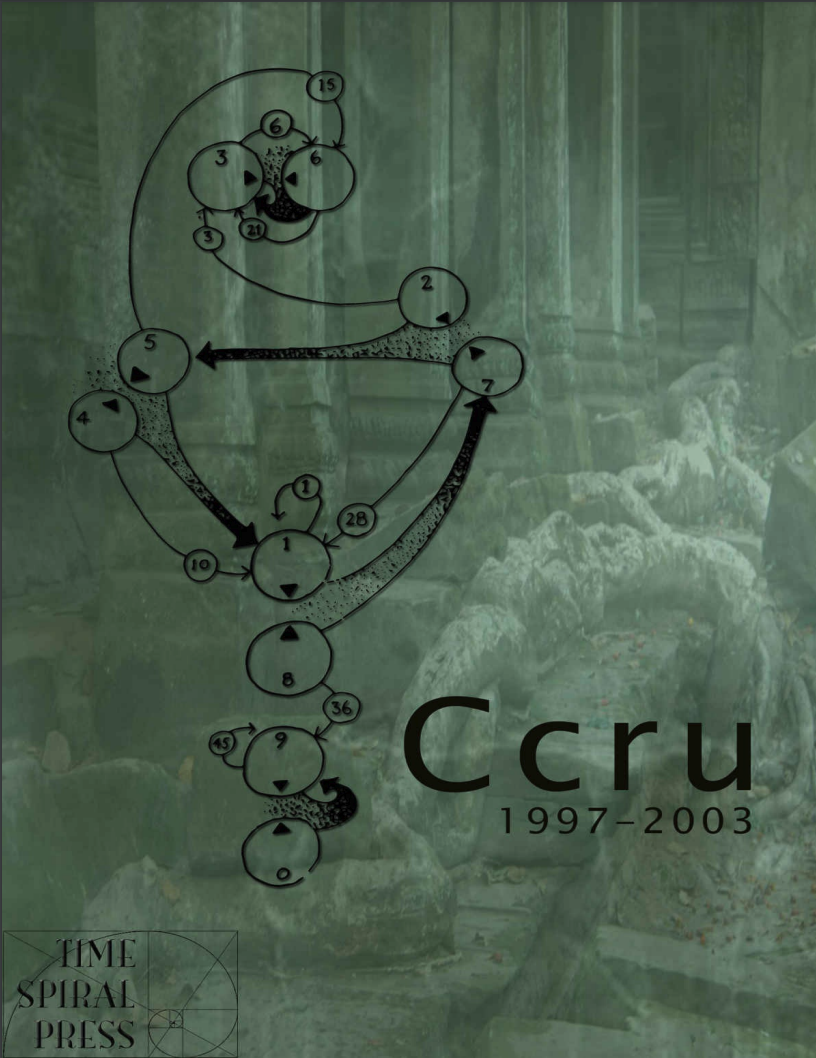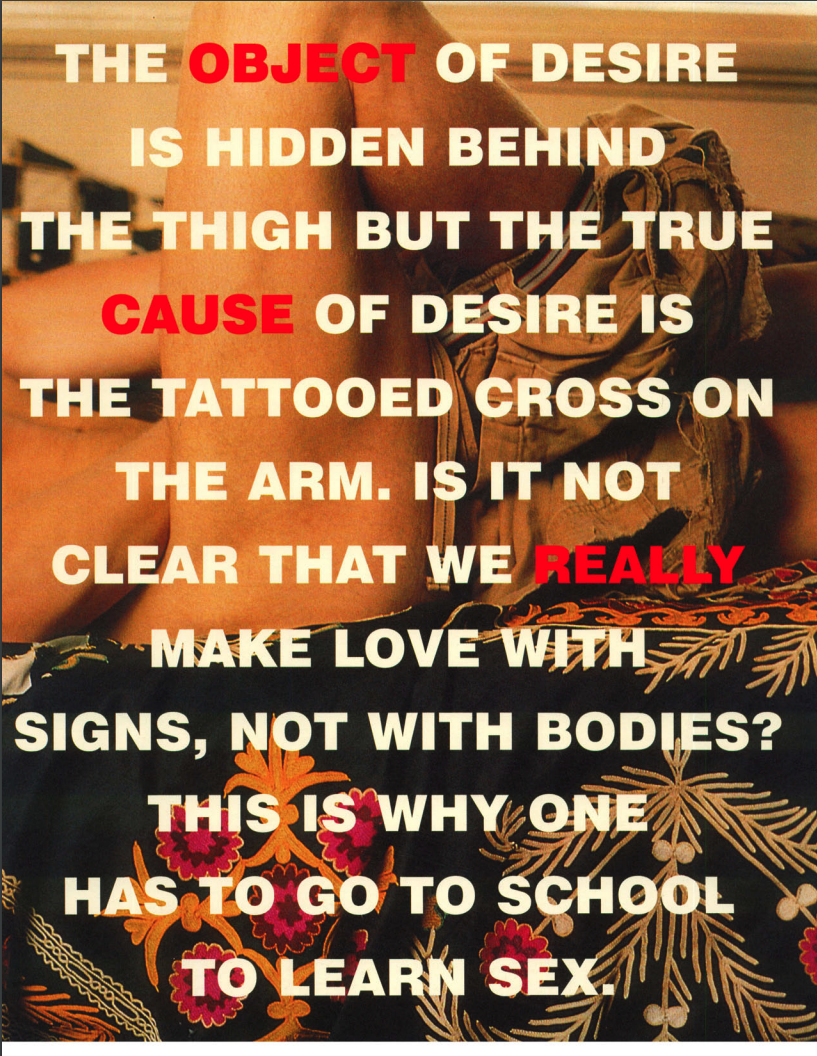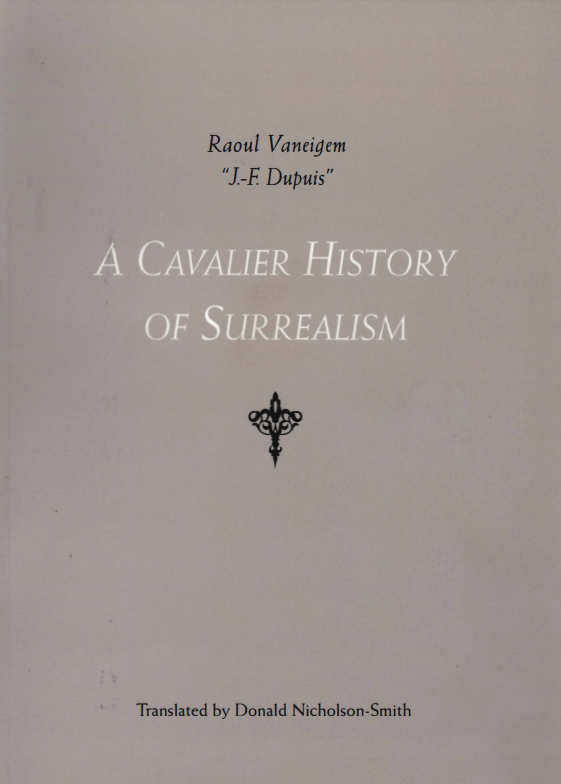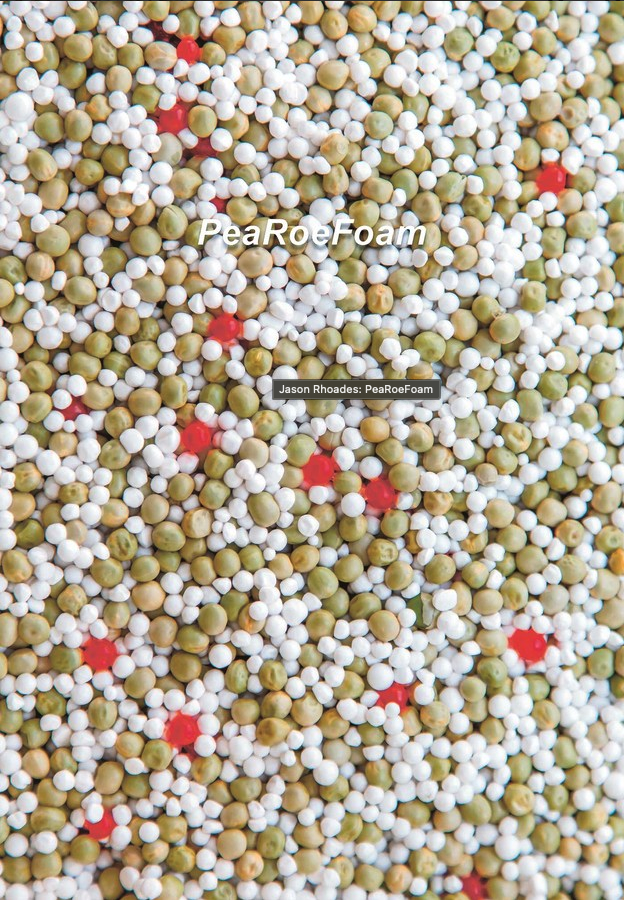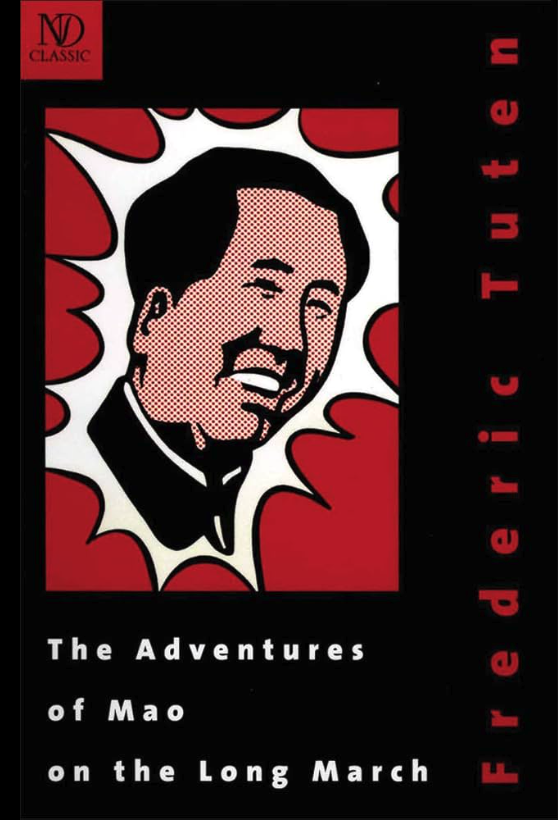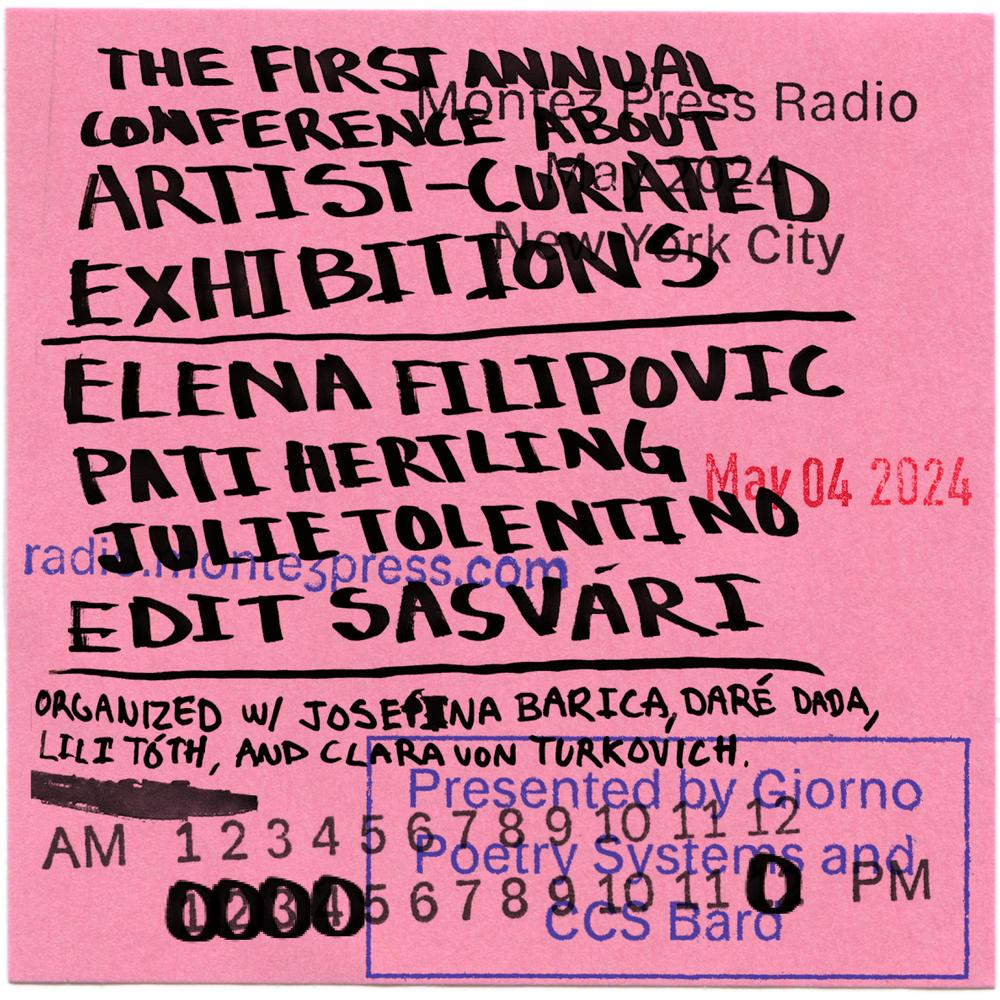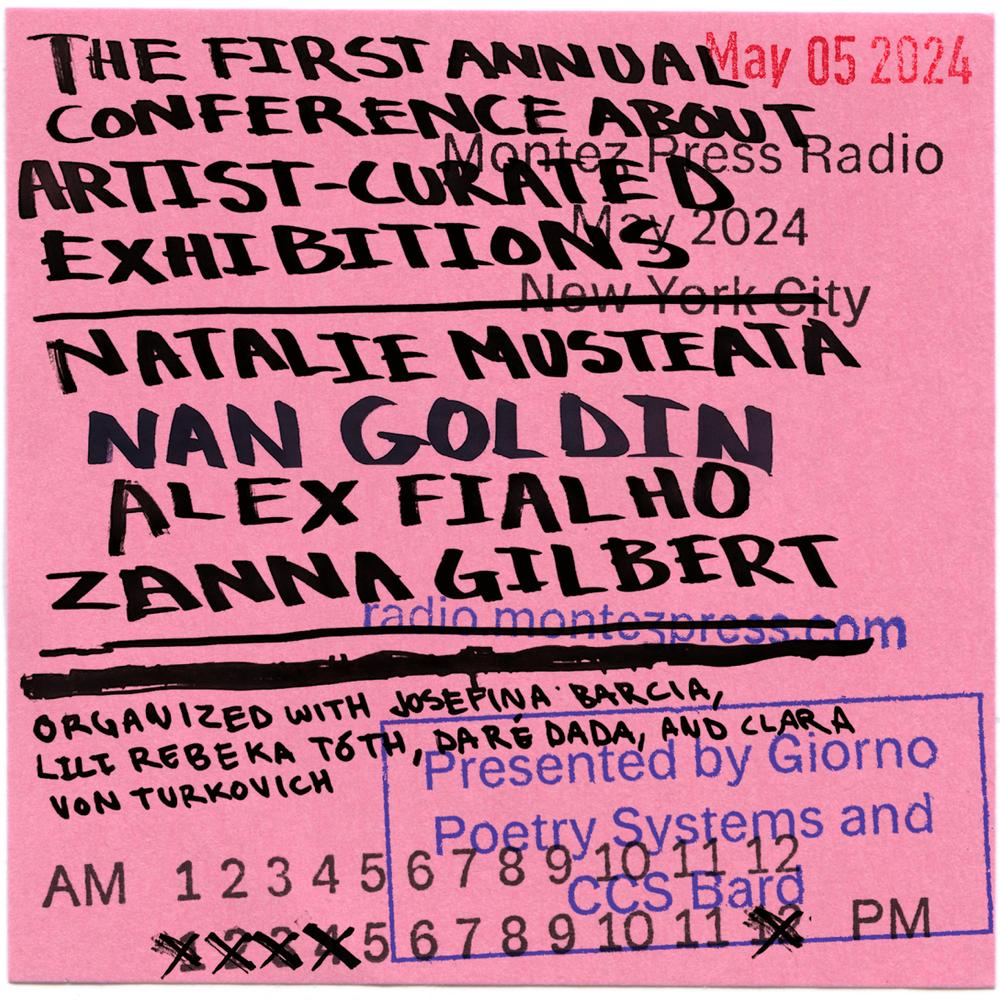Monday, September 30, 2024 by DJ Uncertain #music
Anthony Vine: Visiting Hours
Last year, Anthony Vine visited over seventy Catholic churches in Rome, making field recordings of the background music (BGM) that plays during visiting hours.
In Roman churches, BGM is sometimes heard playing from white cylindrical speakers mounted in marble. Recordings of chant and hymnody blanket these spaces with an easygoing sheen, inducing calm and masking extraneous noise. Wistful and tender in expression, the music seems to evoke an idealized sonorous past of reverent candlelit worship. The looped BGM also echoes a time when prayers were chanted day and night, a time when churches sounded ceaselessly. Listening closely, one may glimpse how a church understands its past and who it imagines itself to be now.
The field recordings of BGM were made by placing a phone against a speaker and recording voice memos. Because BGM is generally played at low volume, the phone picked up details not heard otherwise, excavating what's buried in this subliminally soft music. Due to the very colorful and vivid resonance of these large vaulted churches, each field recording captures a strong sonic imprint of the church itself—its spatial volume, the presence of people, construction and restoration—and imbues the very space where one is listening with these atmospheres.
"Visiting Hours" is a mix of these recordings, moving through musical genres and styles ranging from solemn liturgical chant to blissful new age instrumentals.
Anthony Vine is a composer based in Brooklyn. He creates music about spirituality, beauty, and sound itself. His work across different media, including performance, installation, and sound sculpture, is minimal in form, yet acoustically dynamic and deeply emotive.
Monday, September 23, 2024 by DJ Uncertain #music #radio plays #art
Klein presents Psalm's Trust (first edition)
PSALM’S TRUST is a sitcom in progress within a soap opera. Set in an undisclosed fictional area, it initially starts through the eyes of protagonist, Blessing, whose boyfriend’s future self is trying to kill her in a evil villain superhero trope type way but very early on, new characters are introduced and her story and accusation becomes a backstory to the daily lives of her friends and family and their friend's friends lives interchanged into real life news events such as the 69 courtcase.
As a play, installation and eventually film, this is interactive and allows the audience to decide the outcome of random scenes and episodes through cue cards and interludes. This audio was originally recorded in Sant'Andrea de Scaphis during a 2022 residency.
Guided by Klein’s past working as a runner then transcriber, researcher, logger in British tv shows including children's television programming and reality game shows.
Listen to the radio drama➚ here:
Listen to more Klein here:
Monday, September 16, 2024 by DJ Uncertain #music
Beyond the Tangerine Trees: The Dawn of the Black Hearts
Beyond the Tangerine Trees is a celebration of mid to low quality audience recordings, illegally circulated artist’s demos, and other bootlegs. Each episode will be a deep dive into an artist or specific body of work highlighting the unknown incidentals and nuances that only true believers concern themselves with.
The first episode focuses on the legendary Swedish metal vocalist Per Yngve Ohlin, known to friends as Pelle and fans as Dead. Though he never recorded and released any albums during his life, the vocal style he cultivated, first in Morbid and later with the Norwegian band Mayhem, would see him canonized as the patron saint of black metal. While Morbid’s album December Moon was ‘officially’ released on LP in 1994, almost three years after his death, the demos recorded on the 5th and 6th of December, 1987 at Thunderload Studio in Stockholm had already been widely circulating among fans.
Starting with the cassette demo of December Moon the program will culminate with the 1995 Mayhem bootleg The Dawn Of The Black Hearts, a live recording from the 28th of February 1990 in Sarpsborg, Norway featuring Dead on vocals two months before his suicide.The Dawn Of The Black Hearts is perhaps one of the most iconic black metal albums, albeit an unofficial release, which famously features photographs of Dead’s corpse on the cover taken by Euronymous following his suicide. Before that we’ll hear extensive cassette bootlegs of both Morbid rehearsals, Morbid and Mayhem demos featuring Dead, and a number of bootleg studio sessions. In the words of Melek Taus: "Remember you assholes: Dead will survive in the minds of the people who knew him in any way shape or form. He will be revengeanced."
Lawrence Kumpf is a writer and curator based in Brooklyn. He is the founder and artistic director of Blank Forms.
Listen on MPR➚ here
Tuesday, July 16, 2024 by DJ Uncertain #readings #art
Situationist Times full scan PDFs. RIP Jacqueline de Jong
Born in the Netherlands in 1939, de Jong is a key figure of the European postwar avant-garde who is now looking back on a career spanning half a century. Her role in the Situationist International marked her early years in Paris in the 1960’s, where she was actively involved in the student and art protests. In parallel to her work as an editor and designer - most notably for The Situationist Times, which she founded and published from 1962 until 1967 - de Jong has developed a unique painterly practice. In its spontaneity, de Jong's expressive, often grotesque and excessive style follows the anti-academic and non-conformist aesthetic of the avant-garde. The artist mixes exuberant collages of narrative, realistic fragments. Her tone can lean towards the absurd and enigmatic, but always with a desire for figuration and physical presence. Expressive yet realistic, her work exhibits uninhibited eroticism and sexual liberation.
Listen to Jacqueline de Jong and MOSTYN, Juliette Desorgues, discuss de Jong's life and work in this 2021 recording:
Full PDF scans of Situationist Times:
The Situationist Times 1, Hengelo (May 1962).
➚PDF (12 mb). ➚Video.
The Situationist Times 2, Hengelo (Sep 1962).
➚PDF (14 mb).
The Situationist Times 3: "International British Edition", Hengelo (Jan 1963).
➚PDF (16 mb).
The Situationist Times 4: "Labyrynth issue", Copenhagen (Oct 1963).
➚PDF (33 mb).
The Situationist Times 5: "Rings and Chains", Copenhagen (Dec 1964).
➚PDF (47 mb).
The Situationist Times 6: "International Parisian Edition", Paris (Dec 1967).
➚PDF (6 mb).
Monday, July 8, 2024 by DJ Uncertain #art
Simon Denny and Dunkunsthalle
Show'n'tell radio with Simon Denny and Rachel Rossin where two old friends dust off gems from their libraries.
Links to some of the things they talk about:
➚Synthetic Worlds: The Culture of Online Games, on early online gaming economies
➚Cybernetic Culture Research Unit writings, The Tale of The Frog People (page 107)
➚Abercrombie & Fitch Quarterly Back to School Catalog, copy by Slovaj Zizek
➚Mike Smith talks to Mike Kelly about Mike and then they continue the discussion ➚21 years later
➚ A Cavalier History of Surrealism
➚Jason Rhoades The Impetuous Process, My Special Purpose and The Liver Pool
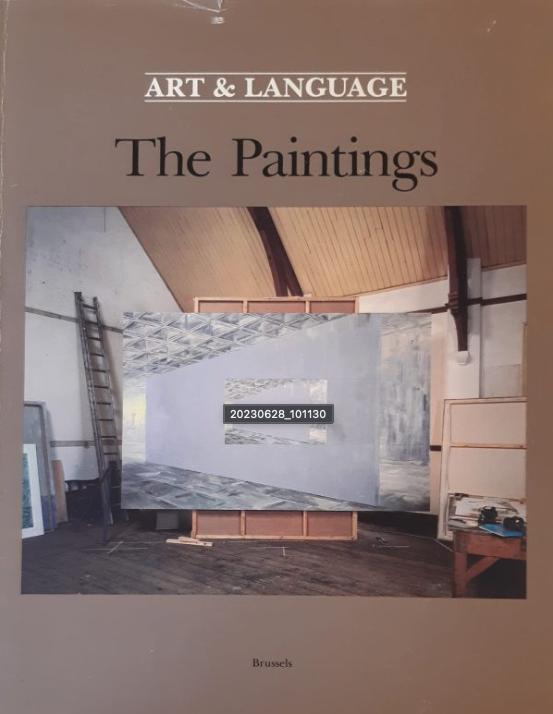
➚Art and Language: The Paintings➚.
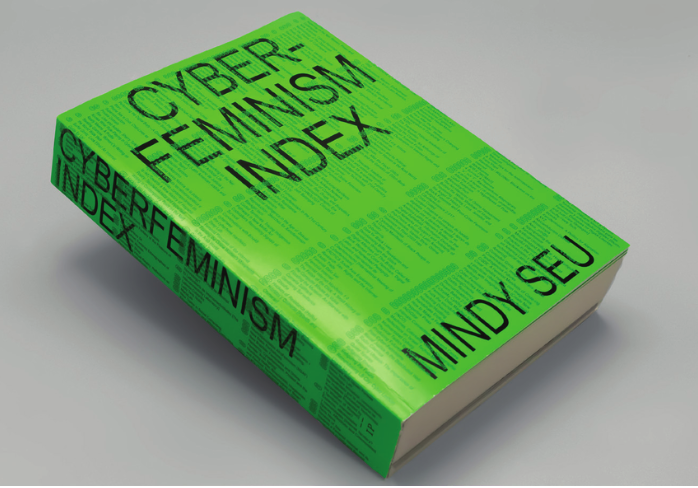
➚The Cyber Feminism Index By Mindy Seu
➚The Adventures of Mao on the Long March
➚The Plot Against The King and an ➚article on it
Monday, July 1, 2024 by DJ Uncertain #radio plays
JERKER
JR and BERT are San Francisco f*ggots. They have never met. They don’t know each other’s names, what they look like or where they live. They do know how to turn each other on.
JERKER begins with a dirty phone call. But, over the many nights that follow, as their friends and lovers fall sick and die, the men come to share their fantasies, hopes and fears about an increasingly uncertain and frightening future.
Robert Chesley was a San Franciscan playwright, critic, and gay rights activist who used his theatre to celebrate sexual liberation and dramatise the toll of HIV/AIDS on the queer community. ‘Jerker, or the Helping Hand’, written in 1986, is his masterpiece.
Syrus Lowe, Adam Silver and Ms Sharon Le Grand star in this intimate rehearsed reading, directed by Alastair Curtis with costume by Max Allen and Elliott Adcock and music by Helen Noir.
Listen here:
Monday, June 24, 2024 by DJ Uncertain #art
THE FIRST ANNUAL CONFERENCE ABOUT ARTIST-CURATED EXHIBITIONS
Head to the archives to listen to our broadcast of a two day symposium from Giorno Poetry Systems on Artist Curated Exhibitions with
➚Day 1:
Elena Filipovic
Pati Hertling
Julie Tolentino
Edit Sasvári
➚Day 2:
Natalie Musteata
Nan Goldin
Alex Fialho
Zanna Gilbert
In her 2017 anthology titled The Artist as Curator, the curator and art historian Elena Filipovic asks a seemingly simple question: what happens to exhibitions when artists are the curators? Here they try to answer.
When artists curate, not only do they share their perspectives on the work of their peers, but they tend to propose different ideas about what an exhibition is for and what it can do. A closer look at a history of artist-curated exhibitions could bring significant insights to the field.
From a young buck who I've lost touch with's syllabus to yours here's, Filipovic's 2018 edited, The Artist As Curator, An Anthology:
➚https://studioell.org/wp-content/uploads/2020/09/filipovic_the-artist-as-curator.pdf


